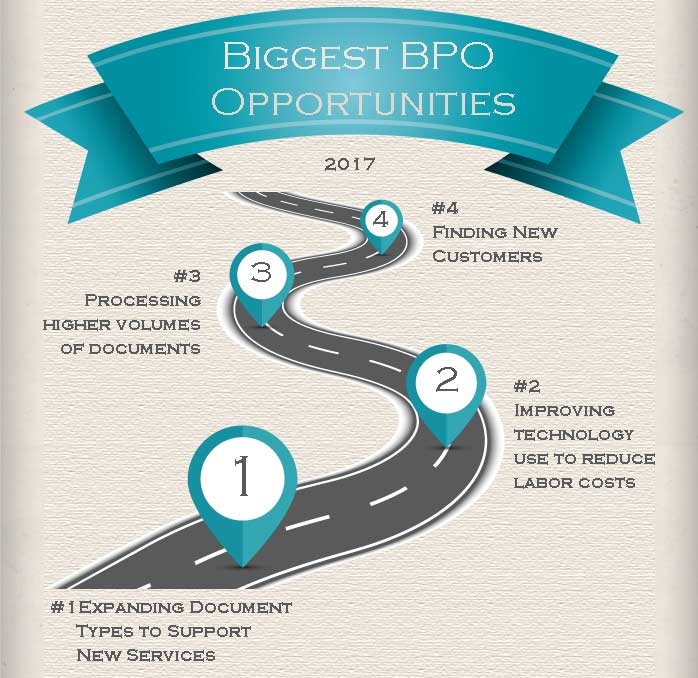 Operational improvements resulting in cost reductions and greater efficiency are being driven by digital and automation technologies, according to a recent Horses for Sources’ (HfS) Report on Intelligent Operations. The intelligent automation of manual processes and digitization of documents to extract data for use across the business is part of what HfS calls the digital underbelly or nervous system of intelligent operations enabling a unified operating model across the enterprise.
Operational improvements resulting in cost reductions and greater efficiency are being driven by digital and automation technologies, according to a recent Horses for Sources’ (HfS) Report on Intelligent Operations. The intelligent automation of manual processes and digitization of documents to extract data for use across the business is part of what HfS calls the digital underbelly or nervous system of intelligent operations enabling a unified operating model across the enterprise.
Leading Trends
To better understand these trends in the context of document processing, Parascript underwrote an independent study by Infosurv that surveyed 67 BPO leaders to find out what key trends, opportunities and challenges they expect their businesses to face in 2017. Technology is a clear driver for all three leading trends:
- Immediate Access: Increased adoption of cloud-based services
- Access to New Data: Capitalization of data that was formerly inaccessible/dark data due to the lack of technologies to locate and extract it.
- New Data Channels: Acceptance of new data channels in new formats that will need to be added to ECM systems, these may include mobile apps, social media and other channels.
Business pressure is higher than ever to offer guaranteed turn-around times and quality data at reduced costs with increased partner responsibilities in order to stay competitive. As a result, further automation of operations is under consideration by the majority of respondents. Of course, that means different things to different businesses. The level of current automation varies widely between organizations from relying heavily on manual data entry for any data extraction to core business systems to full automation except in cases needing further verification.
Challenges and Opportunities
Business leaders identified key areas for growth through 2017 based on their customer interactions and daily operations. The top challenges were higher labor costs and increased customer expectations. Such challenges also provide opportunities based on the document processing needs of customers. Over 75% of respondents chose the ability to handle and process more document types as one of their top three document processing opportunities, next was improving technology to reduce labor costs and third, processing greater volumes of documents or finding new customers.
Intelligent Operations Debated
Managing on-time delivery of documents and data requires the ability to adjust service requests in near real-time without impacting existing business processes. Reducing labor costs while improving accuracy and throughput are key factors to support these business drivers. How this is best achieved is still an area of debate. In the broader survey that HfS conducted of 370 major enterprises, HfS found that upper management was significantly more optimistic about the ability of intelligent operations—implementing digital and automation technologies—to result in meaningful process transformation while middle management remained much more skeptical.
Devil in the Details
We probably all agree that leveraging automation and digital technologies is in our future and makes general sense as a concept. The actual implementation is where the rubber meets the road. Transformation is necessary. And yet, identifying which processes should be targeted first and how much to automate to achieve the optimal cost savings and new revenue growth are gray areas. BPOs and their clients must grapple with this. Starting with a small project, finding what works and eliminating what fails can provide the microcosm for what could eventually become enterprise-wide.
If you found this interesting, you might find the SIG webinar with new research useful. View on-demand: SIG Webinar: “Value Creation: Interview Results from the Top BPOs and Their Clients”.
NOTE: This article was first published in Sourcing Industry Group’s March issue of Inside Sourcing Newsletter.

